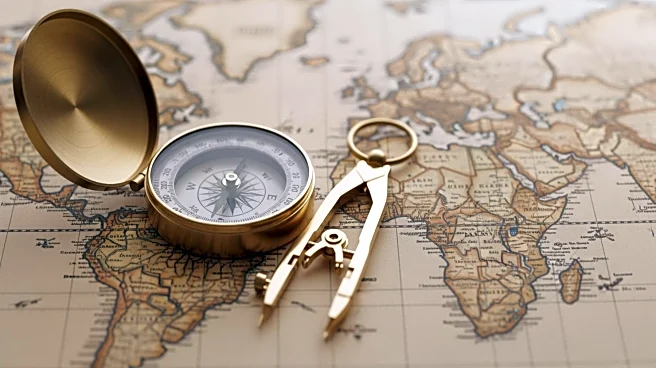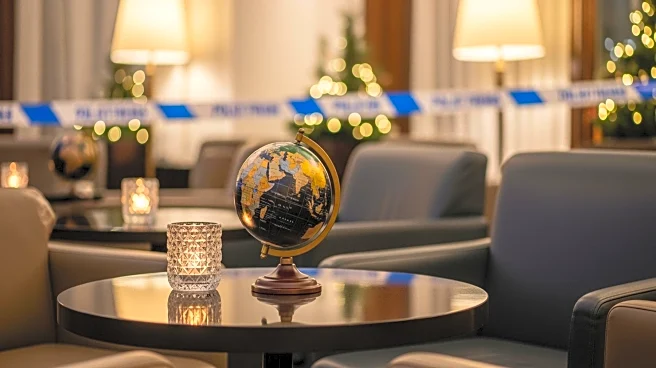What's Happening?
The Michelin Guide, renowned for its influence on global dining standards, is set to expand into Oceania with the introduction of a New Zealand edition. This marks the first time the guide will cover this
region, with the inaugural edition expected in 2026. The expansion will focus on major cities such as Auckland, Wellington, Christchurch, and Queenstown. Michelin inspectors are already evaluating restaurants anonymously to ensure a comprehensive and fair selection process. This move is supported by Tourism New Zealand and aims to highlight the country's unique culinary identity, which is deeply rooted in indigenous Māori heritage and modern culinary innovation.
Why It's Important?
The introduction of the Michelin Guide to New Zealand is significant for the country's culinary and tourism sectors. It is expected to boost international recognition of New Zealand's dining scene, attracting food enthusiasts and increasing tourism. The guide's presence can enhance the global reputation of New Zealand as a culinary destination, potentially leading to increased visitor spending and longer stays. This development supports not only restaurants but also the broader hospitality industry, including local producers and cultural tourism. The guide's expansion reflects a growing confidence in New Zealand's culinary maturity and its potential to offer world-class dining experiences.
What's Next?
Between now and the mid-2026 release, Michelin inspectors will continue their evaluations to ensure a thorough and unbiased selection of restaurants. The inaugural guide will feature establishments that meet Michelin's standards across various distinctions. Chefs and diners can anticipate a rigorous selection process that promises to uncover hidden culinary gems. The guide's release is expected to further elevate New Zealand's status on the global culinary map, fostering a deeper appreciation for its unique food culture and hospitality.
Beyond the Headlines
The expansion of the Michelin Guide into New Zealand underscores the importance of cultural sensitivity in global culinary evaluations. The guide's methodology adapts to reflect local values, such as manaakitanga, which emphasizes hospitality and community connection. This approach ensures that the guide not only recognizes culinary excellence but also respects and celebrates the cultural essence of each destination. The move also highlights the role of culinary tourism as a catalyst for economic growth and cultural exchange.











